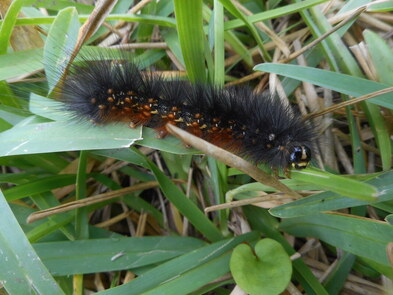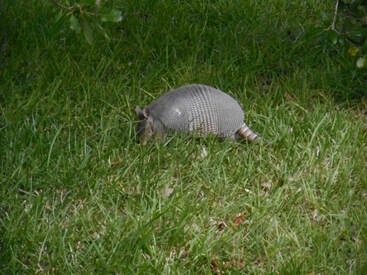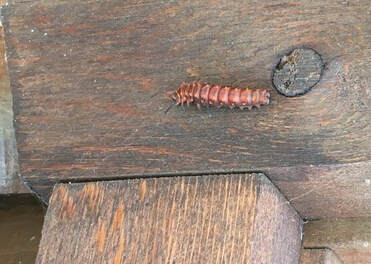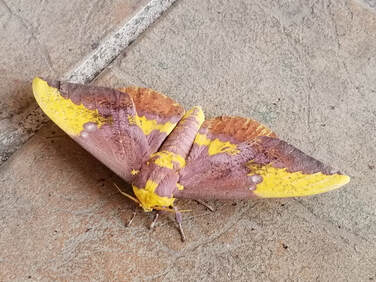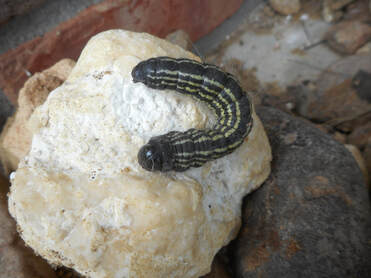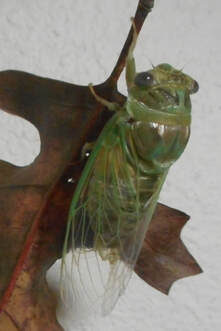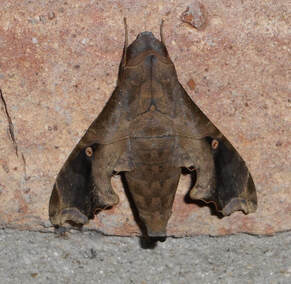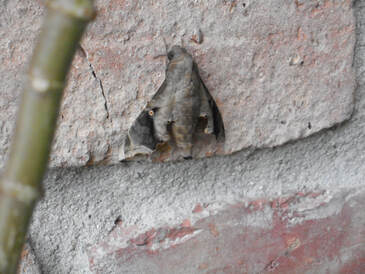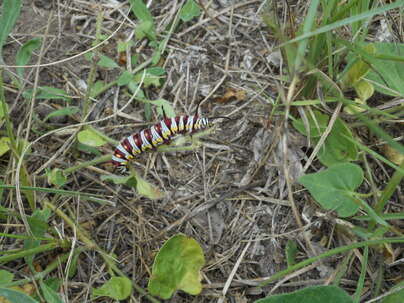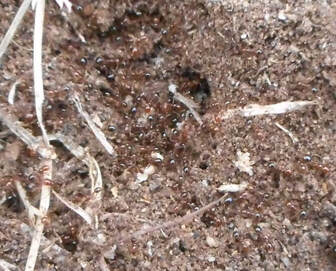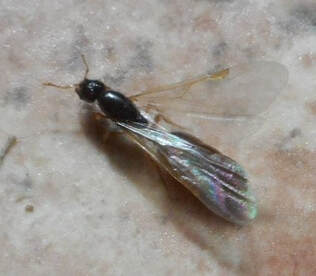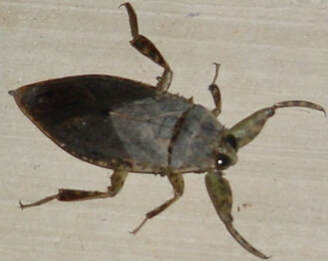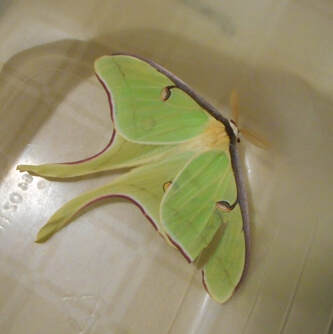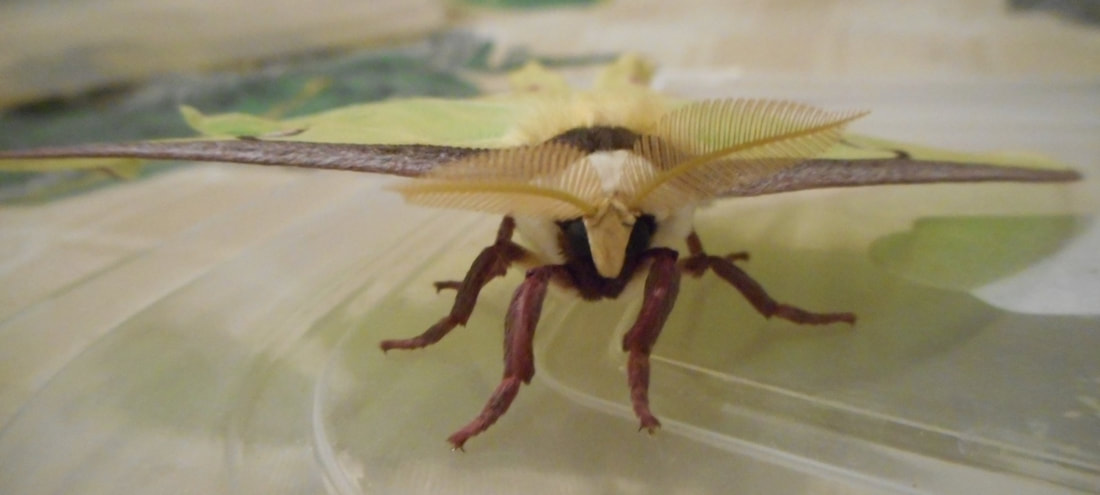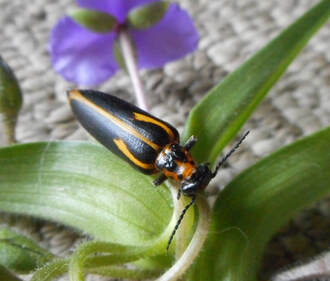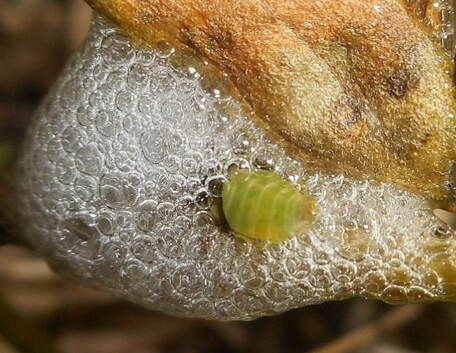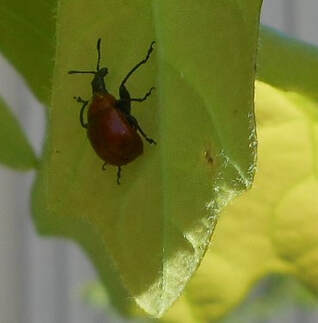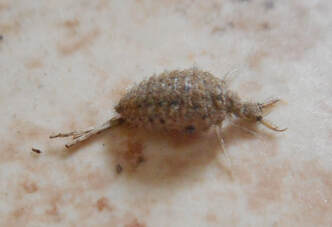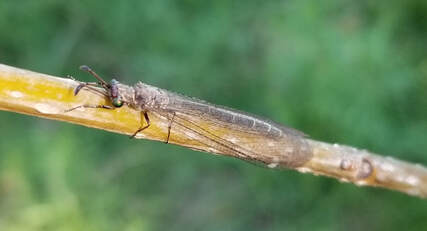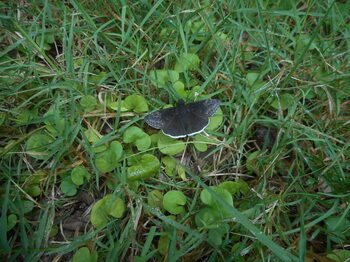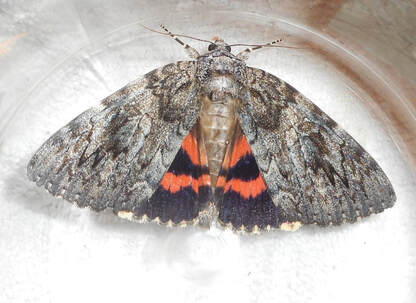To help find the hidden guest, click on the pictures to enlarge.
Answers can be found at the bottom of this page.
|
124. Woolly Bear Caterpillar:
a) body hairs look like bristles b) has orange and black hairs c) adult is the Isabella Tiger Moth d) all of the above e) a and b only |
|
128. Bonus: What’s the difference in these two caterpillars?
a) stripes or lines on the body b) dark body color c) horn tail d) feed on leaves e) smooth body |
|
130. Mournful Sphinx Moth:
a) is nocturnal b) has eyespots on forewings c) wings are wavy or scalloped in design d) a and c only e) b and c only |
|
131. Queen Butterfly Caterpillar:
a) is similar to the Solider and Monarch butterfly larvae b) has three pair of filaments or projections on body c) host plant is milkweed d) b and c only e) a, b and c |
|
132. Fire Ants:
a) do not sting b) live in trees c) have a waist d) are native to the United States e) siphon or suck up their food |
|
135. Luna Moths:
a) adults feed during the day b) females have feather-like antennae c) have eyespots on their fore and hind wings d) are very small in size e) all of the above |
|
137. Two-lined Spittlebug:
a) nymph and adult are pest b) adults are called froghoppers c) spittle is made from plant juices mixed with air bubbles d) all of the above e) a and c only |
|
139. Antlion:
a) adults look like damselflies b) dig funnel-like pits c) larvae are known as “doodlebugs” d) all of the above e) b and c only |
|
140. Funereal Duskywing Skipper:
a) larvae food plant are legumes b) is rarely seen in open areas c) is a large butterfly d) all of the above e) a and b only |
|
141. Red Underwing Moth:
a) difficult to follow or locate as they fly b) camouflage on tree trunks during the day to rest c) feed on sour liquids d) a and c only e) b and c only |
|
Answers:
|
124 d, 125 e, 126 d, 127 d, 128 c, 129 a, 130 e, 131 e, 132 c,
133 a, 134 b, 135 c, 136 a, 137 d, 138 a, 139 d, 140 a, 141 b |
